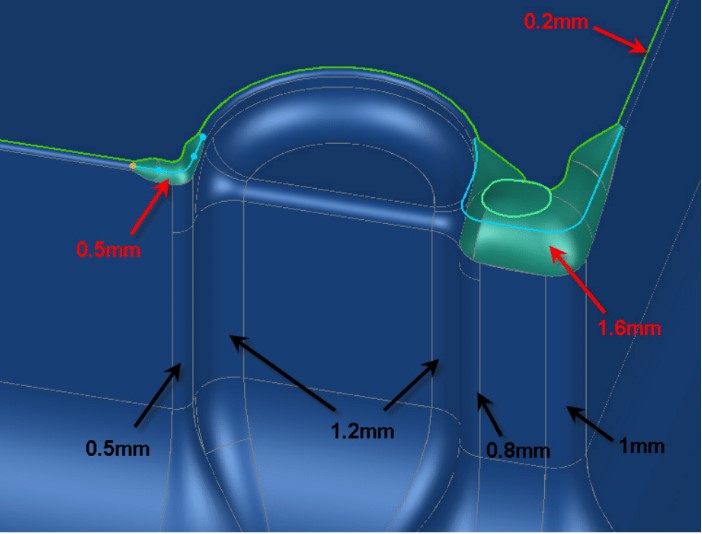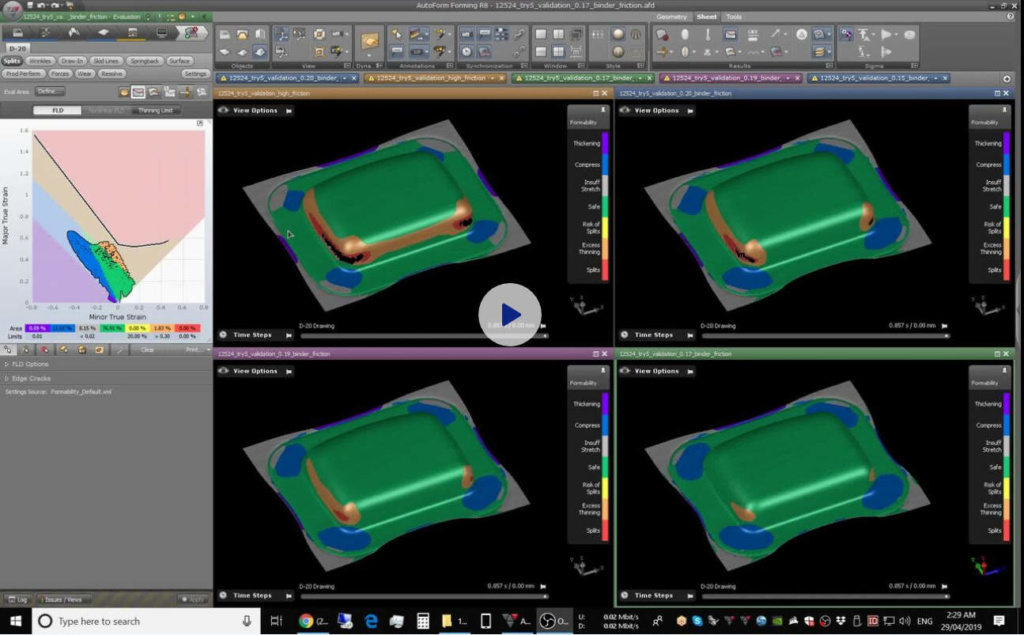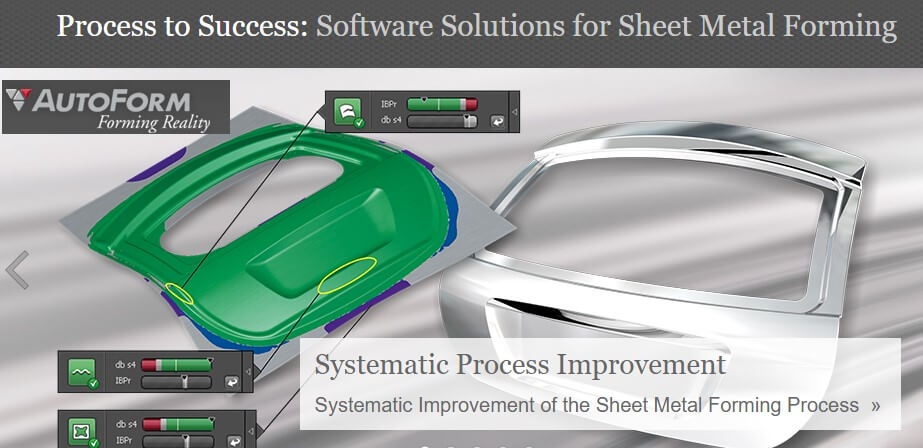Sheet Metal Manufacturing Trends 2019: 5 Things You Need to Know
Contents
Technology within the manufacturing industry is getting better and better each year. Today, there are numerous techniques, tools, materials, and other improvements that are enhancing the sheet metal manufacturing process and the industry as a whole.
This article discusses the most exciting and innovative trends for 2019. This includes different uses, materials, new/improved simulation techniques, and other important trends all manufacturers should keep in mind.
1. Simulation technology is a competitive advantage in 2019.
Companies who utilize simulation in their process planning and tool design departments, whether internally or via an outsource service, are selected more frequently than suppliers and toolmakers that do not.
The best way to illustrate this is via an example: an OEM is converting a plastic part to sheet metal for strength and durability. In the RFQ, the OEM is requesting design change recommendations to ensure the product shape will be feasible in sheet metal.
Companies replying to this type of RFQ are dead in the water without simulation. Only companies that can prove product shape change is required, with accompanying simulation results, are considered. Usually, the toolmaker with the best simulation results showing appropriate product design change for a successful forming result is awarded this type of work.

Proposed product changes must be proven with simulation to successfully win high-value work with OEMs and their Tier-1 suppliers.
2. Fast process planning and accurate quoting are a must in 2019 to secure work with OEMs and their Tier 1 suppliers.
Although there are more than a few software choices for sheet metal forming simulation, there is only one (AutoForm) that truly allows fast and efficient setup and subsequent simulation of multiple iterations in a matter of hours—not days.
Furthermore, companies that turn around and submit quotations using simulation in short time frames often partner with engineers in multiple time zones. While an engineering office in the USA is closed, an engineering partner in the UK or Australia is diligently working to have results for the start of next day in the USA.
The most efficient companies can submit simulation work to their offshore engineering partner at 4 pm and have digital results by 7 am the next morning.
3. Simulation results are more than just a static report in 2019.
The most practical way to communicate simulation results used to be via a written report. In 2019, the most effective way to communicate simulation results is via online secure video. The current trend is to consume technical information via YouTube or similar online video services.
Simulation results are no longer static images in a PDF or XLS report format. Using today’s video capture software and high-speed internet, combined with secure cloud storage. As a result, it is incredibly effective for simulation engineers to screen record the simulation results in full 3D.
The end result is that end-users of the simulation results see the same information exactly as the simulation engineer did, as though they are sitting alongside the engineer. High-quality videos are quickly uploaded to secure cloud storage, and end-users can view the simulation videos from any device, at any time. Using online collaboration tools, engineers and toolmakers can easily markup and call out sections in the online video, to provide instant feedback to the simulation engineer.
Further detailed discussion is conducted via online meetings, where again, screens are shared to give the end-user the same view as the simulation engineer of the simulation software.

Clients @ StampingSimulation view results as though they are sitting alongside us.
4. Advanced High Strength Steels, Aluminum, and Hot Stamping are a game-changer in 2019.
Electric vehicles, hybrids, and generally more fuel-efficient vehicles are on high demand. Subsequently, OEMs are specifying more frequently aluminum and use Advanced High Strength Steels in their product designs. Simulation departments that test physical samples of material are ahead of their competitors that do not. Simulations must consider the correct material data to be accurate and to be of any value. Testing material is a fast and simple process, with 24hr turnaround for test results available.
5. CAD is not simulation in 2019.
More and more advanced CAD systems are including basic simulation functions, including one-step solvers for sheet metal parts. Pretending to be a “simulation” inside your existing CAD software is a great selling point for every CAD package on the market.
However, one-step solvers do not accurately simulate the entire incremental forming process and do not require detailed inputs to produce quality simulation results. Although one-step solvers do have some limited value, only full incremental solvers (such as AutoForm) can produce reliable and accurate simulation results, accurate enough to reduce and sometimes eliminate physical tryouts.

www.autoform.com
For your concerns, you may contact us.
